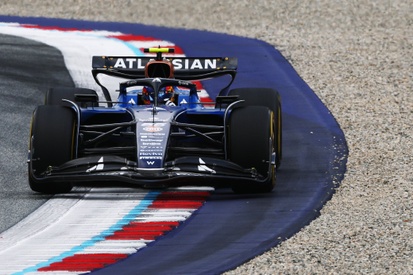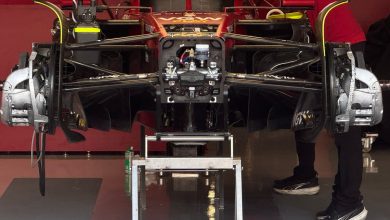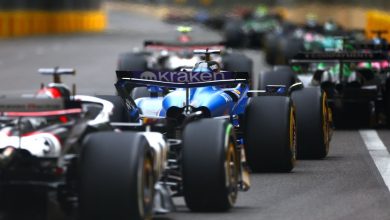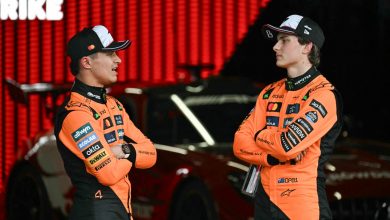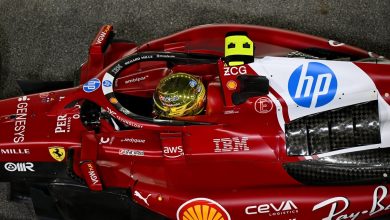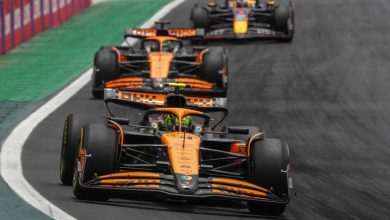James Vowles outlines the hidden gains highlighting Williams' F1 transformation
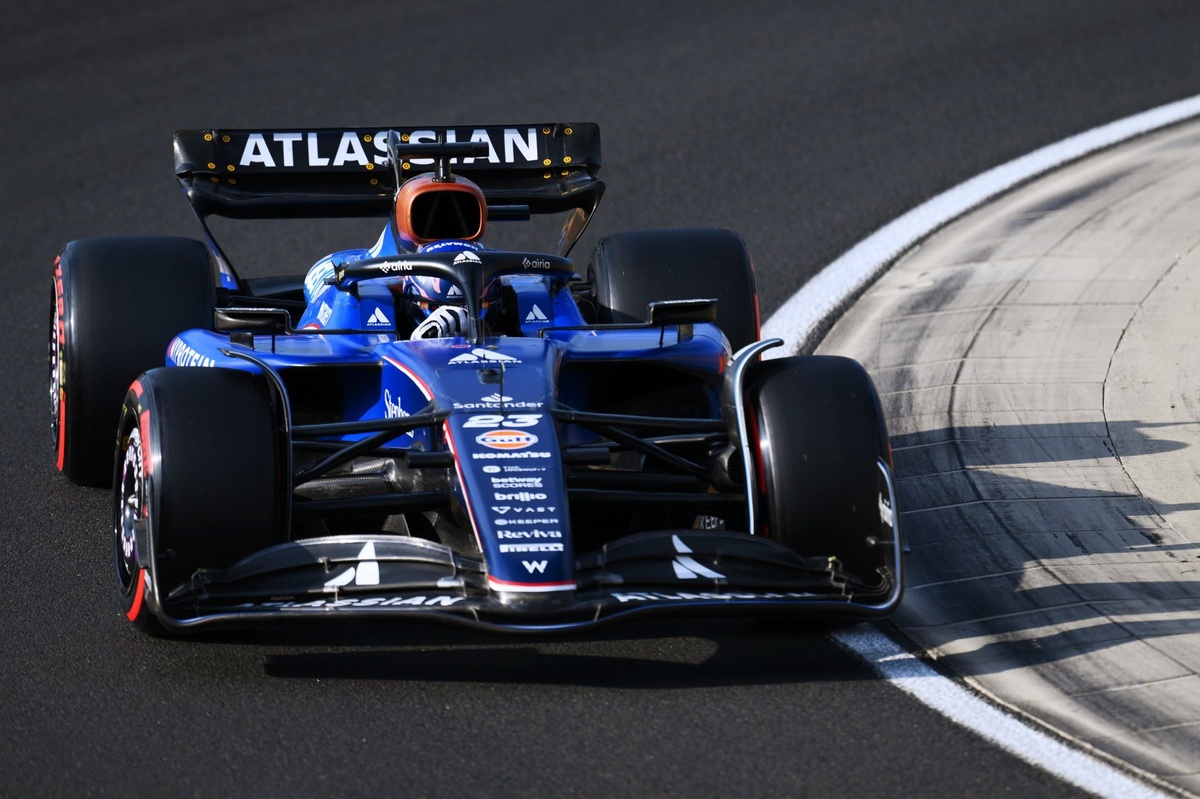
Williams F1 team principal James Vowles believes the performance gains the outfit has found on its 2025 Formula 1 car in recent weeks are a sign of bigger things to come as the team becomes more efficient.
Williams’ upgrades at the Belgian Grand Prix were more than welcome. The Grove-based squad made a flying start to the season at the front of the midfield and looked certain to secure fifth in the championship. But as it shifted its focus to 2026 earlier than most, the team inevitably saw its rivals starting to catch up, with Sauber and Aston Martin in particular making big strides.
After a leaner period with just eight points in five race weekends, the squad’s drivers Alex Albon and Carlos Sainz captured 11 points in Belgium thanks to its revised floor and sidepod. And while Hungary was more difficult for various reasons, it appears the team has been able to at least arrest its slide.
But beyond the immediate impact on the race track, team principal James Vowles feels the biggest takeaway is that the team’s restructuring plan is working. Moving from a byzantine development process – involving the well documented Microsoft Excel sheet to keep track of car parts – Williams has become a much more efficient machine, which Vowles says is a good sign as it tackles the 2026 rules changes on the front foot.
When asked by Motorsport.com if the Spa update was a good example of the team’s efficiency gains, Vowles replied: “Yes, and I’ll give you an example why. The update was actually due for Zandvoort. It wasn’t due for Spa.

James Vowles, Williams
Photo by: Sam Bloxham / LAT Images via Getty Images
“It’s not the only example. We did a front wing as well [for the Spanish Grand Prix] where we significantly reduced the lead time. What we’re doing is using all these examples of how we can bring this product to the track faster and at a lower cost, but not changing the quality at all. Those are your three levers, fundamentally. And this is a really good example of how the team pulled together.
“We thought through the process. We took some risks fundamentally, more than anything else, with only three sets of parts. And it’s a sprint race weekend in Spa, in the wet. But it still worked out as the right way of doing things to push the business in that way.”
Albon, who secured sixth at Spa to add to his three fifth-place finishes earlier in the season, added: “We did notice that we were dropping down the grid from our great start as the others started to upgrade. Something that’s been unique this year is that every single [midfield team] who’s put an upgrade on, it’s worked.
“We generally are running fewer upgrades a year, but when we did put them on, they worked, and we could kind of get away with teams adding upgrades that weren’t working. But this year we fell down in a short amount of time. We needed that upgrade to get us back.”
Vowles stressed that Williams still has a very long way to go and that the team’s recent gains are an indicator that it is going in the right direction, rather than anything more dramatic.
“I don’t think we’ve turned around. I think we’re gently moving the right way,” he said. “Last year, the car was very heavy. We didn’t have the right number of spare parts. We effectively threw a lot of technology through in terms of ideas, but could not deliver on the back end of it.
“One of the biggest fixes we’ve been putting in place for the last 24 months is making sure we can deliver from concept to track as quickly as possible at the right cost level, and you can see that with this year’s car. The car was on time. We had plenty of spares around us. We can develop multiple updates across the year. We’ve done multiple front wings, multiple packages. That’s a change if you look back at Williams’ history.
“Number two is KPIs that aren’t as exciting to the outside world, because only I can see them. But what I’m looking at is fundamentally how much we can push through our organisation and our factory in any given week, whether that’s in production or design. And we’re in a much better place for a cost cap world.
“That’s what we’ve been really trying to fix, because it now gives me more money to build and fix the organisation. We don’t use Excel spreadsheets anymore. We’re now in a situation of using modern-day ERP and PLM tools to design and build the car.”
In this article
Be the first to know and subscribe for real-time news email updates on these topics


